Attorney Susan Cecelia O'Neill (1871-1934) was a pioneer of women's history in Connecticut, but you've probably never heard of her. Little has been written. She was the second woman admitted to the Connecticut Bar; the first woman to become an attorney in Connecticut was
Mary Hall of Hartford, who was admitted to the bar in 1882. Hall rarely, if ever, appeared in court, out of concern that her gender would be a distraction to the court cases.
Susan O'Neill was admitted to the Connecticut Bar on June 19, 1898. She had graduated with distinction from NYU's law school the year before, only seven years after NYU began allowing women to attend their law school. Unlike Mary Hall, O'Neill regularly argued cases in court, not only in Waterbury, but also in Bridgeport, New Haven and Hartford. She was the first woman in Connecticut to practice law in the courtrooms. Considering that Mary Hall didn't practice in the courts because it was too outrageous for a woman to do so, Susan O'Neill's career is that much more admirable.
In 1901, she became the first woman to argue a case before the Supreme Court of Connecticut. On April 24, 1904, she was admitted to and practiced before the Supreme Court of the United States (
Belva A. Lockwood was the first woman to do so, in 1893).
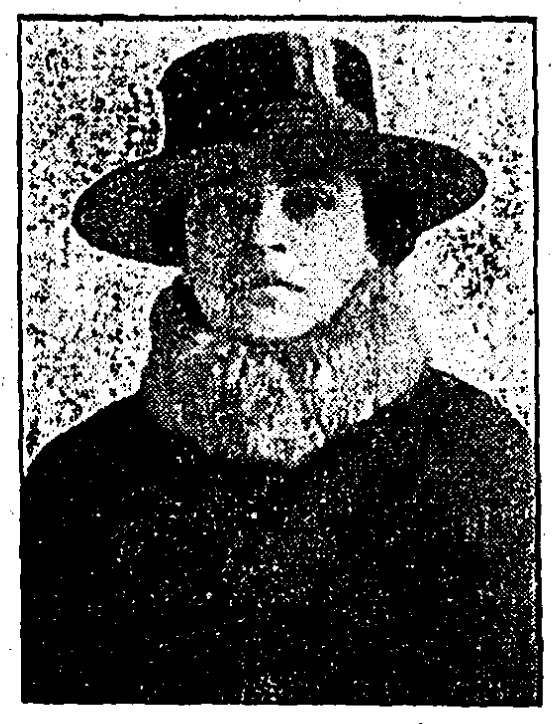 |
Susan C. O'Neill
From the Hartford Courant, May 21, 1922 |
O'Neill's family was a mixture of Irish and Yankee. Her paternal grandmother was descended from the Puritans, while her paternal grandfather was an Irish immigrant who arrived in this country in 1833. Her maternal grandparents were both Irish immigrants. The O'Neill family moved to Waterbury in 1848.
Her father, John O'Neill, was also an attorney. He served in the state legislature in 1889, introducing new legislation establishing taxes on inheritances, investments, and on telegraph and express companies; the new taxes were intended to bring balance to the state tax system, which had been wreaking havoc on city and town property assessments. He was also Dean of the Waterbury Bar, and served on the board of the Bronson Library.
The O'Neill family lived at 131 Cook Street. For many decades, the O'Neill law firm (O'Neill, O'Neill & O'Neill) was located at 77 Bank Street. Susan practiced there with her father and two brothers. In 1920, O'Neill moved her practice to 53 Leavenworth Street; in 1922, she moved to 193 Grand Street.
O'Neill moved out of the family home after World War I, living at 315 Willow Street for close to a decade. She eventually moved in with her widowed mother in Woodbury.
 |
77 Bank Street in 2012 (built after O'Neill practiced at the location)
This is sometimes referred to as the Russell Building, since the owners who had it built were the Russell law firm.
This building was constructed in 1930, long after O'Neill had moved to a new office location.
I haven't been able to find a good photograph of the building that was here before, but I suspect
it probably looked a lot like the one to the left of the current Russell Building. |
Being a female attorney during the early years of the 20th century made O'Neill something of an oddity. The American public was fascinated by the concept of a female professional. The
Indiana Weekly magazine wrote the following review of her abilities in 1901:
"The young Connecticut woman attorney has a charming personality, and a clear and full voice. At a recent appearance before the highest court of the Nutmeg State she spoke for fifteen minutes without notes, showing evident mastery of the technical details of her case. She made an excellent impression."
The
New Jersey Law Journal, in 1907, wrote that she was "the most remarkable woman lawyer in New England, as well as one of the youngest." The Journal noted that her father was one of the two leading lawyers of Connecticut, and then gushed "Miss O'Neill is a young woman just entering the thirties, tall and possessed of a faultless figure, a face full of girlish sweetness and has a charming personality."
O'Neill was particularly interested in how the legal system handled juveniles. She was among a growing number of people who believed that youthful offenders should be treated differently than adults. O'Neill
presented a substitute bill to the state legislature in 1913 proposing that the state should be divided into five juvenile court districts, one for each congressional district. The bill specified that the assistant to the judge for each district must be a woman. At the presentation of her bill to the state legislature, O'Neill emphasized the importance of crime prevention, noting that the existing system did not address this, since they became involved only after a crime was committed. Her proposed bill required that juvenile offenders be jailed in a dedicated detention house, instead of placing them in prisons with adult offenders. Her bill also proposed giving the court jurisdiction over offenders under the age of 16 (unless the crime was “an infamous one”), and jurisdiction over cases involving misdemeanors, guardianship of orphans, and cases of non-support of children. O’Neill’s proposed bill included an appropriation of $25,000 to establish the new system. (I have not yet found out what happened to her proposal; there were other options presented at the same time.)
A few of O'Neill's cases made the newspapers. In 1901, O’Neill represented Margaret Heffernan of Bristol, who sought to regain custody of her young daughter from her husband, who had taken her away to his parents’ home in Harwinton. The description in the newspaper clearly indicates that Margaret Heffernan had been suffering from severe post-partum depression (shortly after giving birth, she declared that she hated her newborn daughter and spent months subtly abusing her), but back then the problem was not understood. The
Hartford Courant (September 24, 1901) described it as a “strange condition.” The judge in the case declared that the laws of the land established the father as legal guardian (men having far more rights than women in 1901). Fortunately, the father decided to take the toddler back home, hoping that his wife would “treat it more kindly” than before. Although the case had a
happy ending, it is sad to see how poorly understand post-partum depression was. When asked to comment on the case, the judge said that Margaret Heffernan must hate her husband, because why else would she have abused their child?
O'Neill also represented
Mary Wright Smith of Westport, who became somewhat notorious after her attorneys were forced to sue her for payment. O'Neill wound up representing herself and another female attorney, Isabella M. Pettus of New York. The case was settled with O'Neill and Pettus taking possession of a farm in Easton owned by Smith (who subsequently swore off lawyers and began studying law for herself.)
O’Neill made state headlines for her defense of the “Flapper” in 1922 (written up in the
Hartford Courant, May 21, 1922). In her argument before the Connecticut Supreme Court, she defended short skirts, noting that they allow “much freer action getting about, especially going up stairs, climbing aboard trolley cars or into autos.” She further state that short skirts “are far more sanitary
than the skirts of several years ago, which swept the sidewalks and collected the germs of the careless spitters and brought diseases into homes."
 |
Depiction of a Flapper in The Outlook magazine, June 7, 1922
Although modest by our standards, this was a radical, rebellious look in the '20s. |
O’Neill also defended the choice of fabric material and color, perhaps to rebut concerns that flapper dresses were too distracting. O’Neill declared that “It is not surprising that the average girl looks chic and winsome” in the “lively” hues of their dresses.
The short haircut of the flapper was also being defended. O’Neill called the bobbed haircut “another sign of progress,” simplifying the chore involved with taking care of long hair. O’Neill also approved of knickers (or knickerbockers), commenting that the pants “are becoming quite common in the larger centers of population” and were likely to start appearing more frequently for golfing and hiking. She was also amenable to a small amount of makeup, “rouge and powder,” for girls with poor complexions.
The one trend O’Neill spoke out against was smoking: “In my opinion a girl loses charm when she smokes.”
The
Courant article ended with an inspiring quote from O’Neill:
“Now that equal franchise has been granted to women I look to see a greater number of young women selecting the legal profession. Women as a rule make keen, alert counselors and are sharp in the trial of cases. The practice of law should appeal to women. It is a most honorable profession and it would please me to see women more largely represented.”
At the time, O’Neill was one of about four women practicing law in Connecticut.
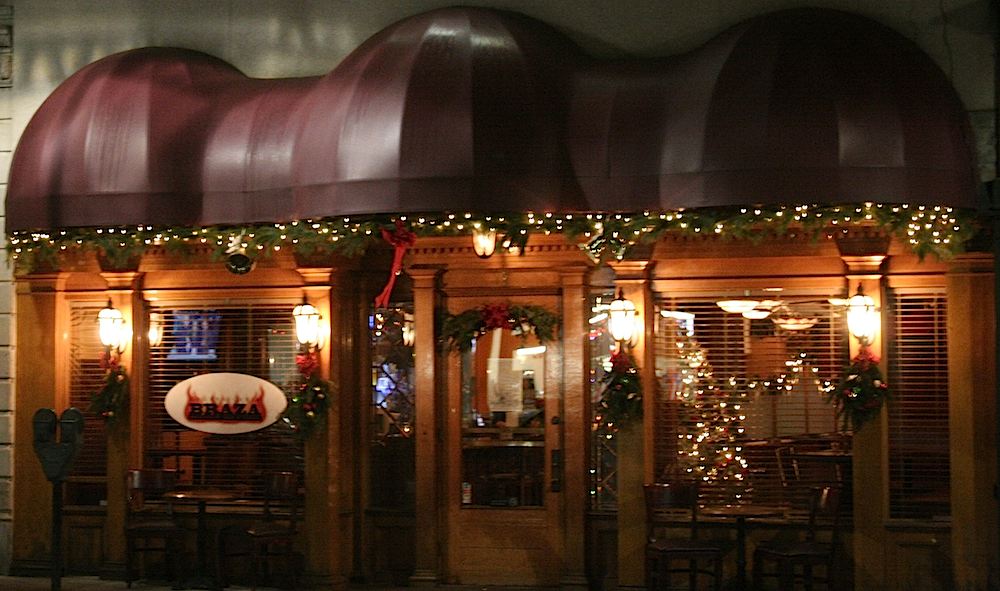


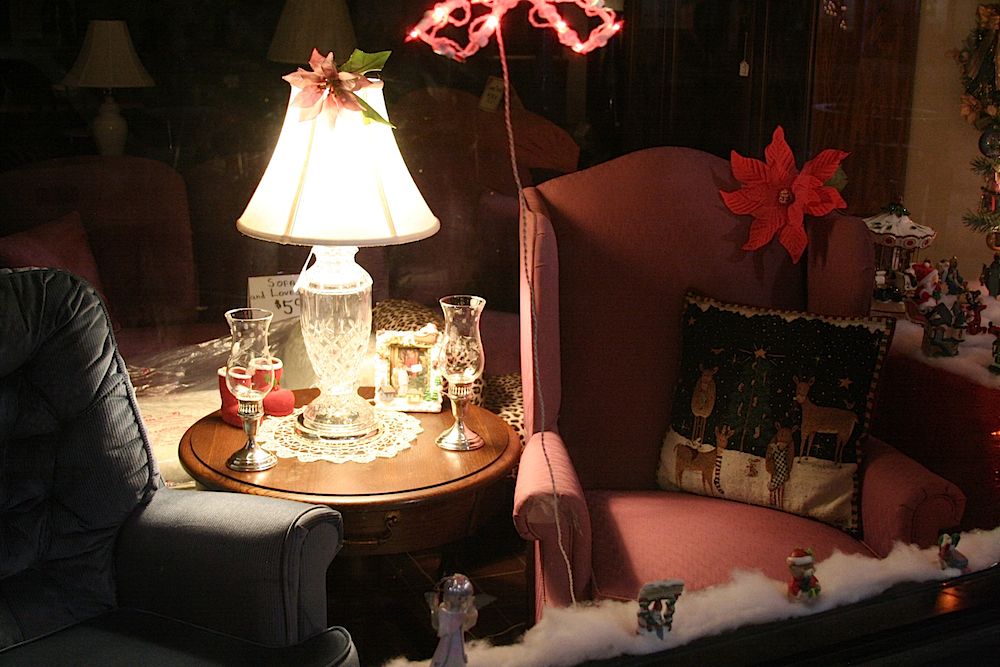
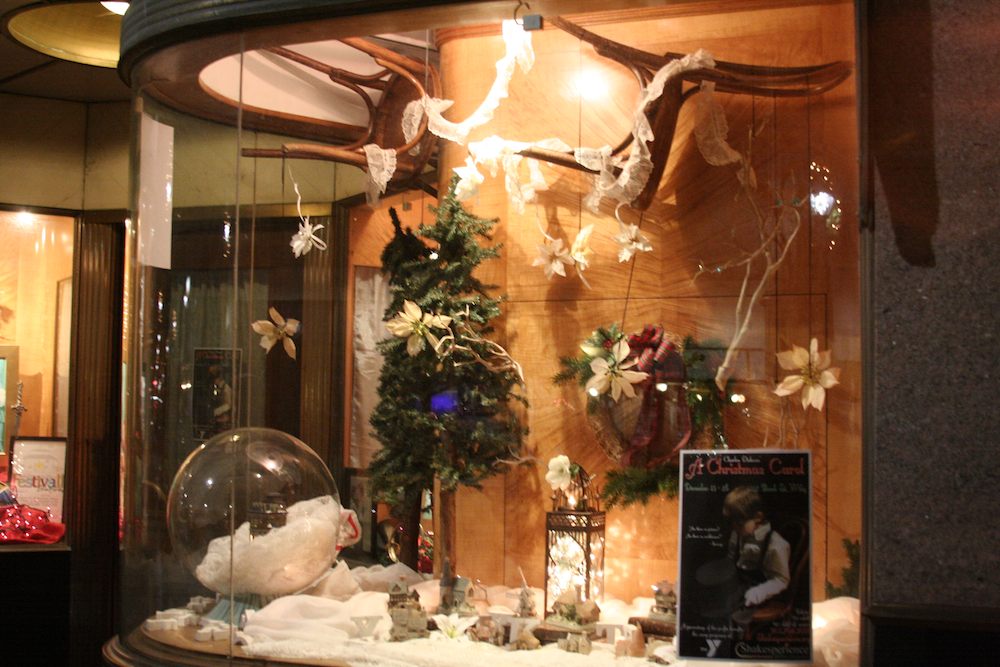




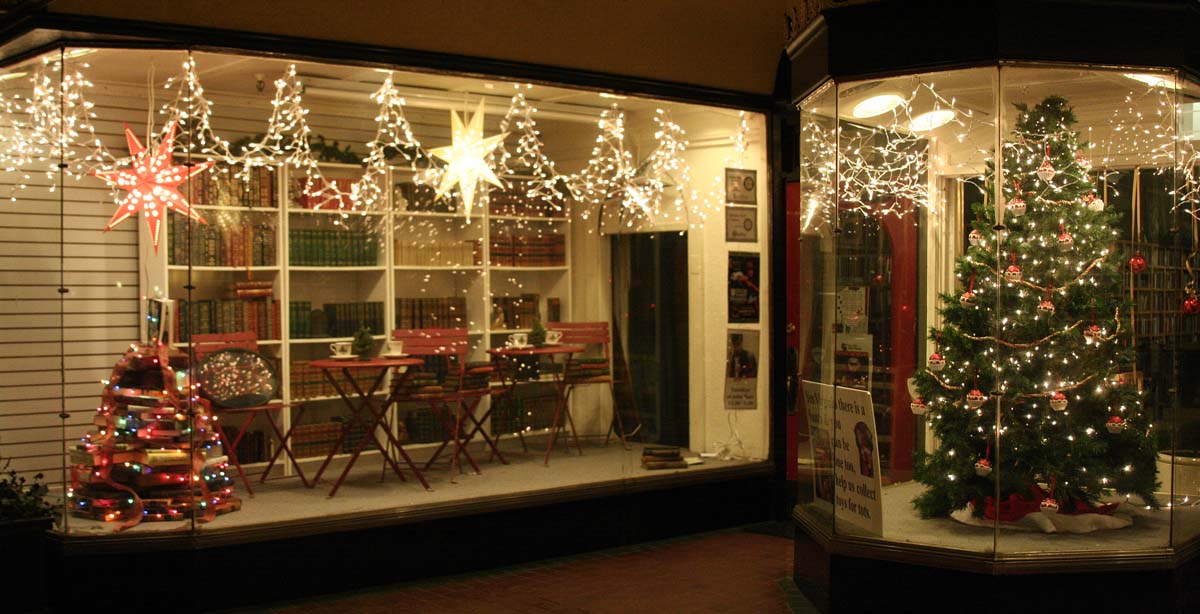


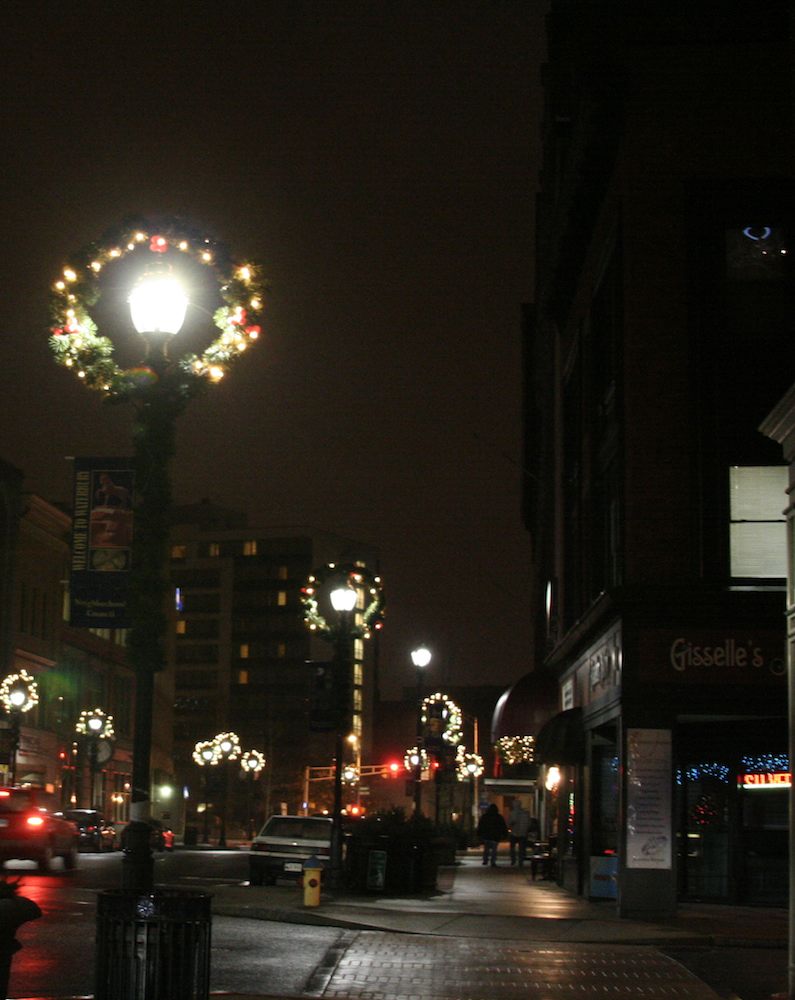



.JPG)
.JPG)
.JPG)






































